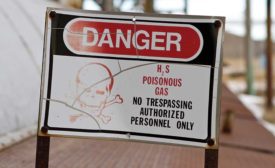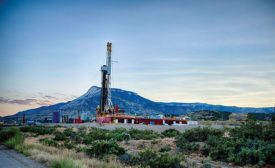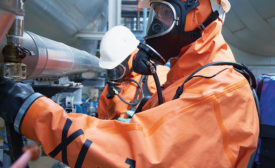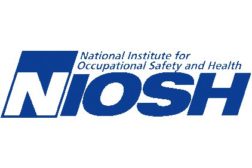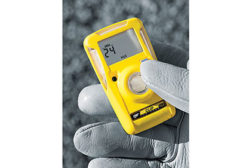Home » Keywords: » hydrogen sulfide
Items Tagged with 'hydrogen sulfide'
ARTICLES
Colorimetric sensing is a measurement solution
Read More
Fracking creates respiratory risks
Hydrogen sulfide and silica exposures run high
August 2, 2016
Hydrogen sulfide’s severe impact
How to protect your workers from this deadly gas
November 3, 2015
A NIOSH Science Blog post:
UPDATE: Reports of worker fatalities during manual tank gauging and sampling in the oil and gas extraction industry
April 16, 2015
Dräger and the American Society of Safety Engineers reveal results of “The 1ppm Hydrogen Sulfide Threshold: Are you prepared?” survey
Survey finds more than half of oil and gas industry safety experts are unaware and unprepared to meet threshold
December 12, 2013
Become a Leader in Safety Culture
Build your knowledge with ISHN, covering key safety, health and industrial hygiene news, products, and trends.
JOIN TODAYCopyright ©2025. All Rights Reserved BNP Media.
Design, CMS, Hosting & Web Development :: ePublishing
